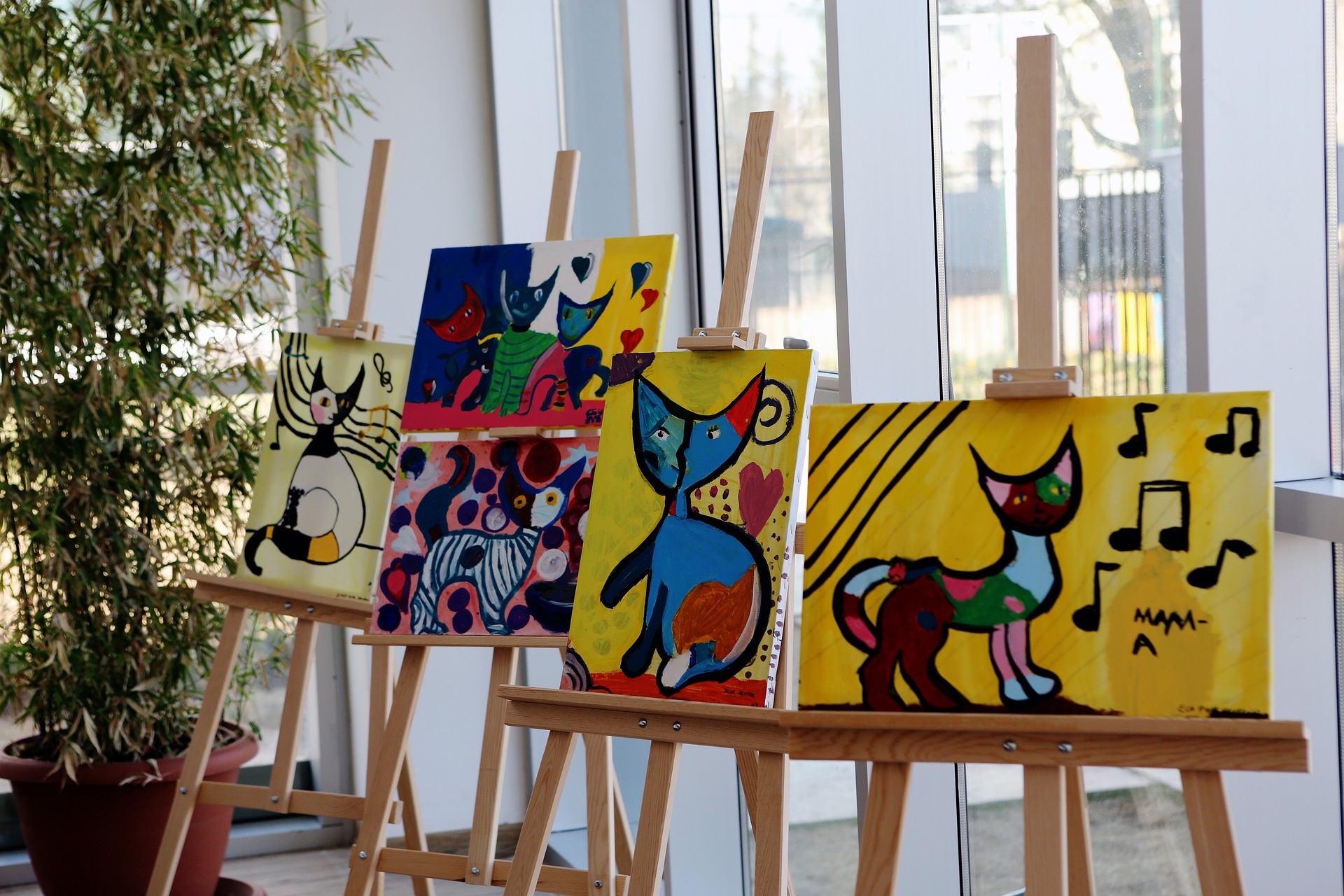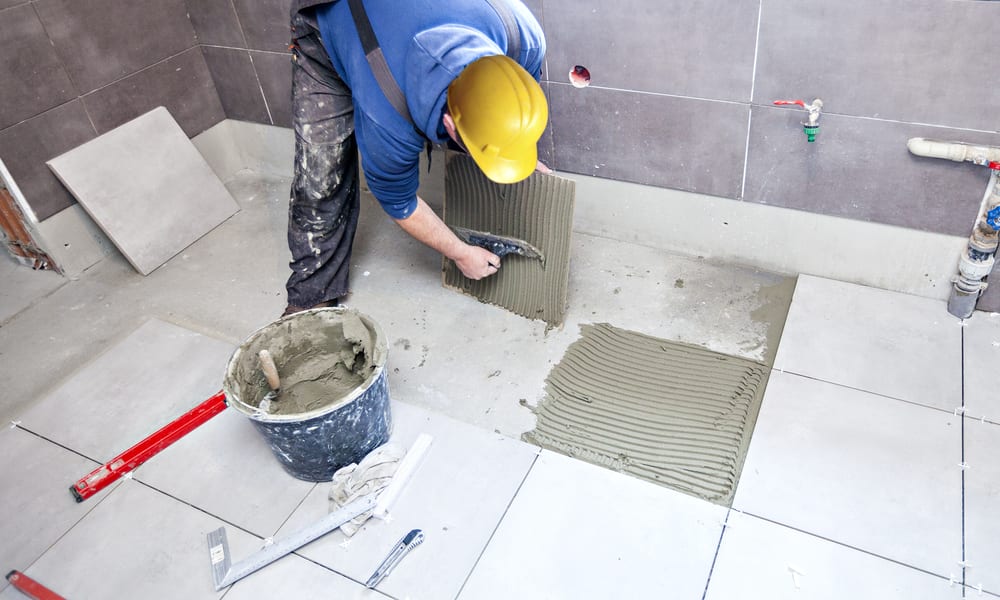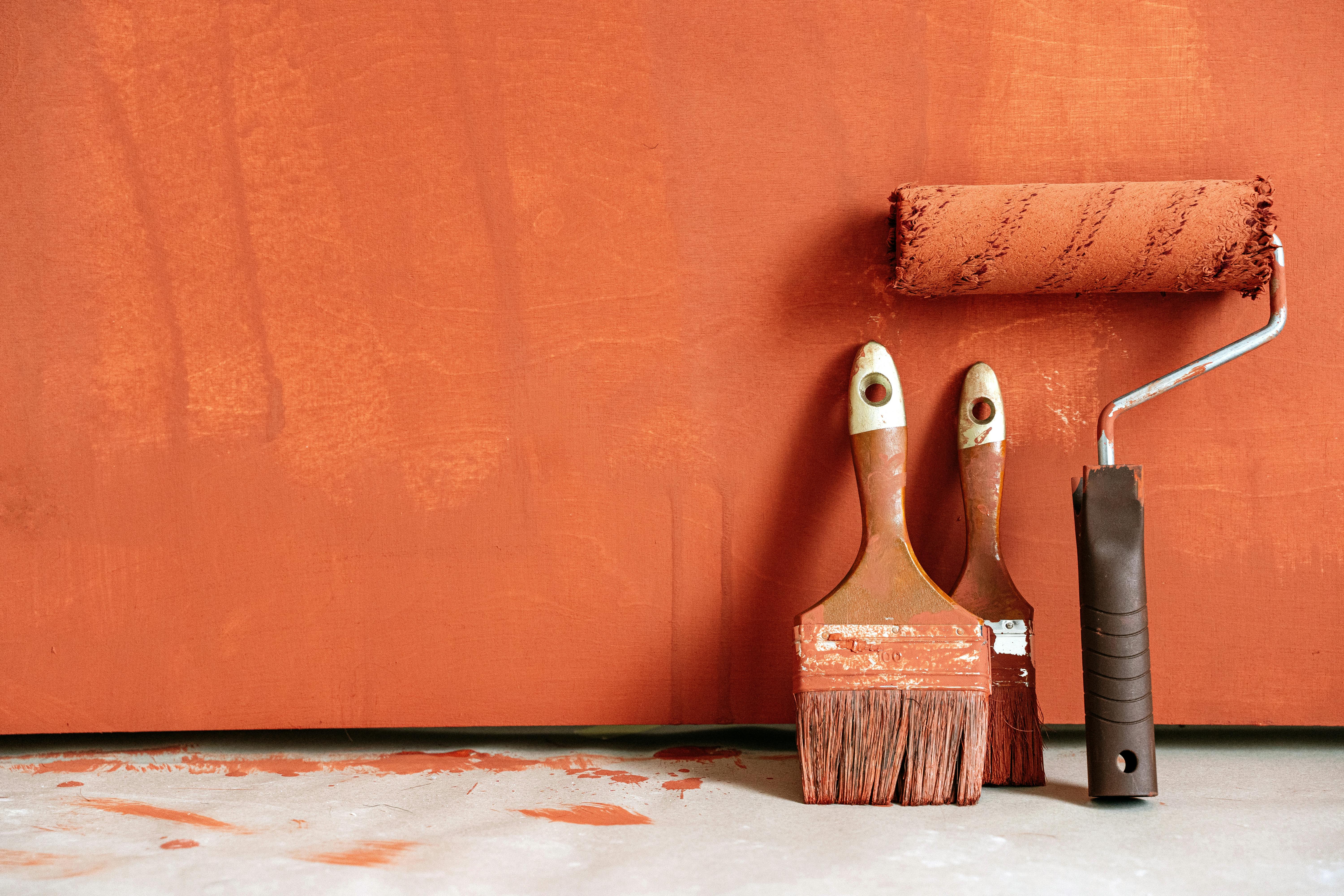Virtual Reality in Modern Art: A New Dimension
Virtual reality (VR) is reshaping the landscape of modern art, offering creators and audiences a revolutionary way to experience artistic expression. As technology continues to advance, VR is becoming a compelling platform for artists to explore new dimensions of creativity. This article delves into the intersection of VR and art, examining its historical roots, current trends, and the profound impact it is having on audiences and creators alike.
The Historical Context of VR in Art
The concept of virtual reality has fascinated artists for decades, with early explorations dating back to the 1960s when Morton Heilig invented the Sensorama, a multi-sensory machine designed to immerse users in a cinematic experience. The idea of creating an immersive environment has always intrigued artists, and as technology progressed, so did the possibilities. In the late 20th century, digital art began to incorporate virtual environments, but it was not until the 21st century that VR technology truly became accessible enough for widespread artistic use.
Current Developments and Trends
In recent years, VR has gained traction as a legitimate medium for artistic exploration, with major museums and galleries embracing the technology. Exhibitions featuring VR art have become more common, with renowned institutions such as the Museum of Modern Art and the Tate Modern showcasing VR installations. These exhibits allow visitors to step inside the artwork, breaking the traditional boundaries between the art piece and the observer. Artists are now using VR to create immersive experiences that blend visual art, sound, and interactive elements, offering audiences an entirely new way to engage with art.
The Impact of VR on the Artistic Process
VR is not just transforming the way art is experienced; it is also altering how art is created. The ability to paint, sculpt, and design in a virtual space opens up endless possibilities for artists. With VR, artists can manipulate dimensions and perspectives in ways that were previously unimaginable. This freedom allows for innovative approaches to storytelling and expression, challenging artists to rethink traditional artistic methods. The collaborative nature of VR also enables artists from different disciplines to work together more seamlessly, merging skills and perspectives to create groundbreaking works.
Audience Reception and Experience
The immersive nature of VR art provides audiences with a unique and personal experience. Unlike traditional art forms, where the viewer is a passive observer, VR art places the audience at the center of the piece, allowing them to interact and influence the outcome. This level of engagement fosters a deeper connection between the viewer and the artwork, often evoking stronger emotional responses. Audience feedback has been overwhelmingly positive, with many expressing a newfound appreciation for art through VR’s interactive and immersive qualities.
Challenges and Future Directions
Despite its growing popularity, VR art faces several challenges. High production costs and technological limitations can be barriers for artists looking to explore this medium. Additionally, the need for specialized equipment can limit accessibility for both creators and audiences. However, as technology continues to evolve and become more affordable, these challenges are likely to diminish. Looking ahead, VR art is poised to become an integral part of the art world, with potential applications in education, therapy, and beyond.
Conclusion
Virtual reality is undeniably changing the face of modern art, offering artists new tools and audiences new experiences. As VR technology continues to advance, its role in the art world will only expand, pushing the boundaries of creativity and expression. By embracing this new dimension, artists and audiences alike can explore uncharted territories of imagination and innovation, ensuring that the future of art remains as dynamic and diverse as ever.





